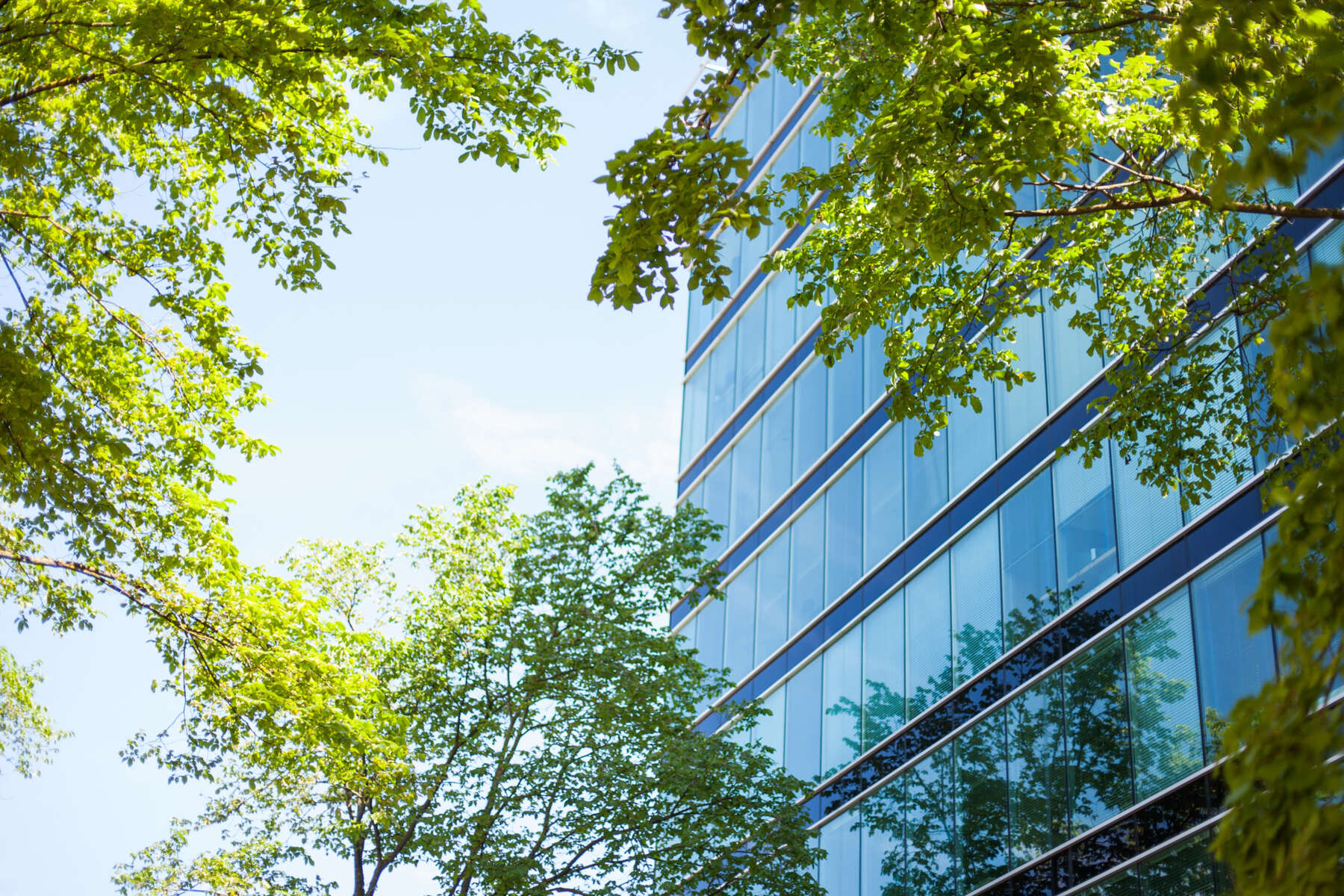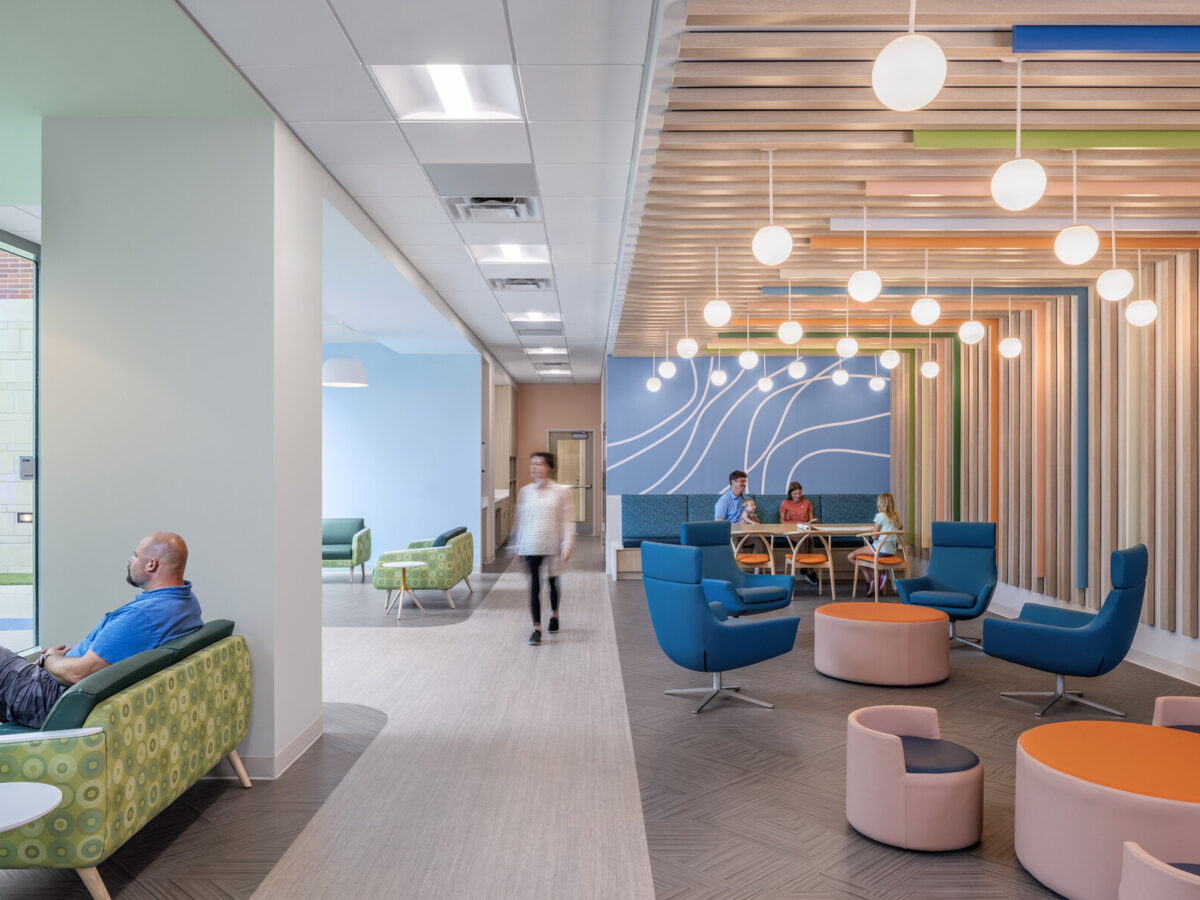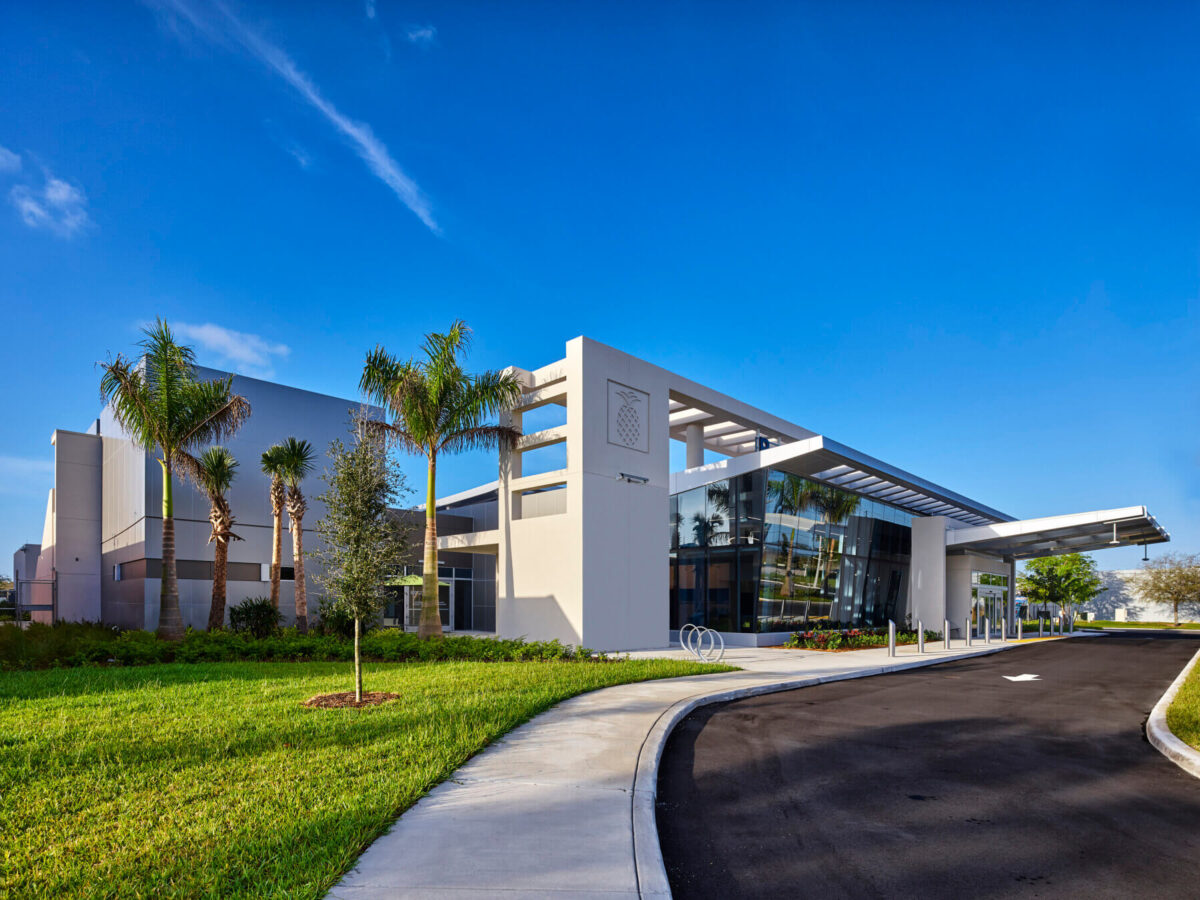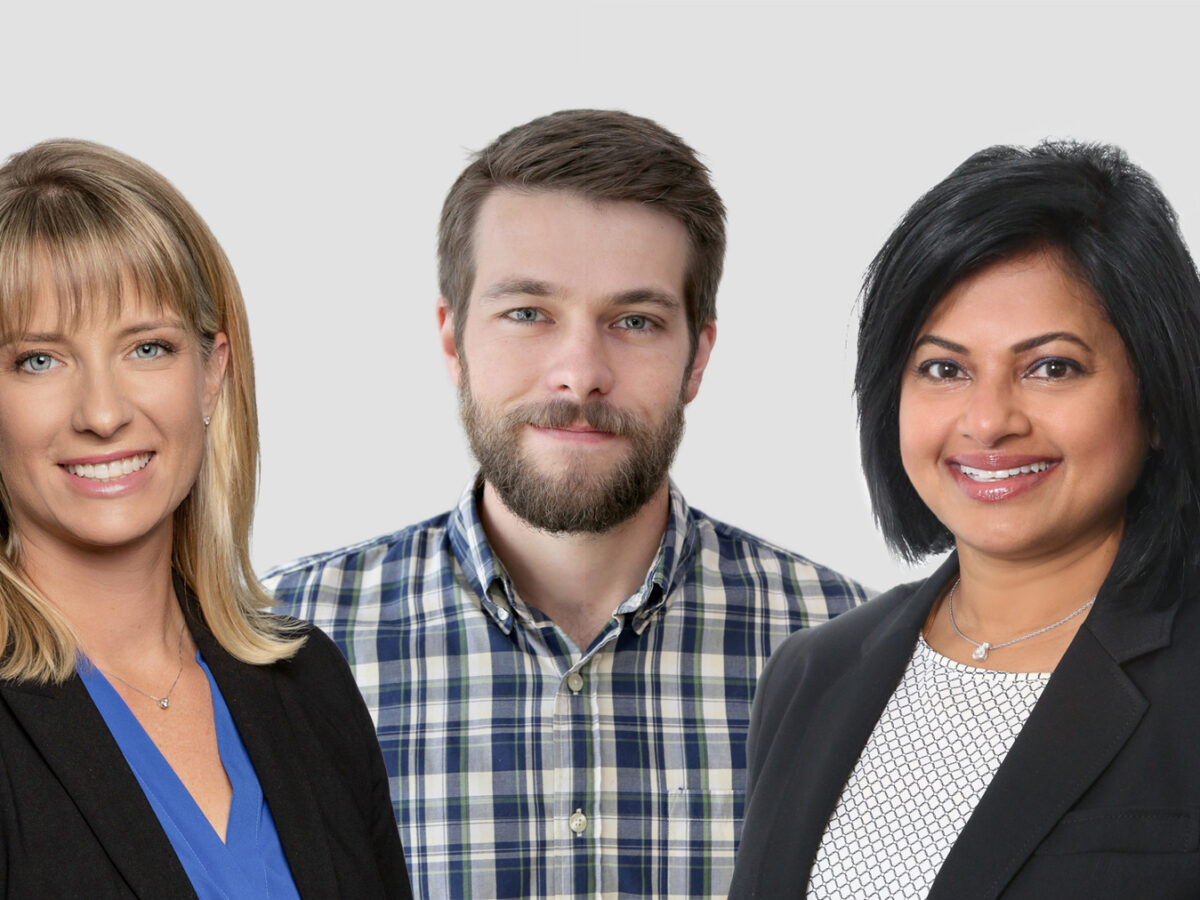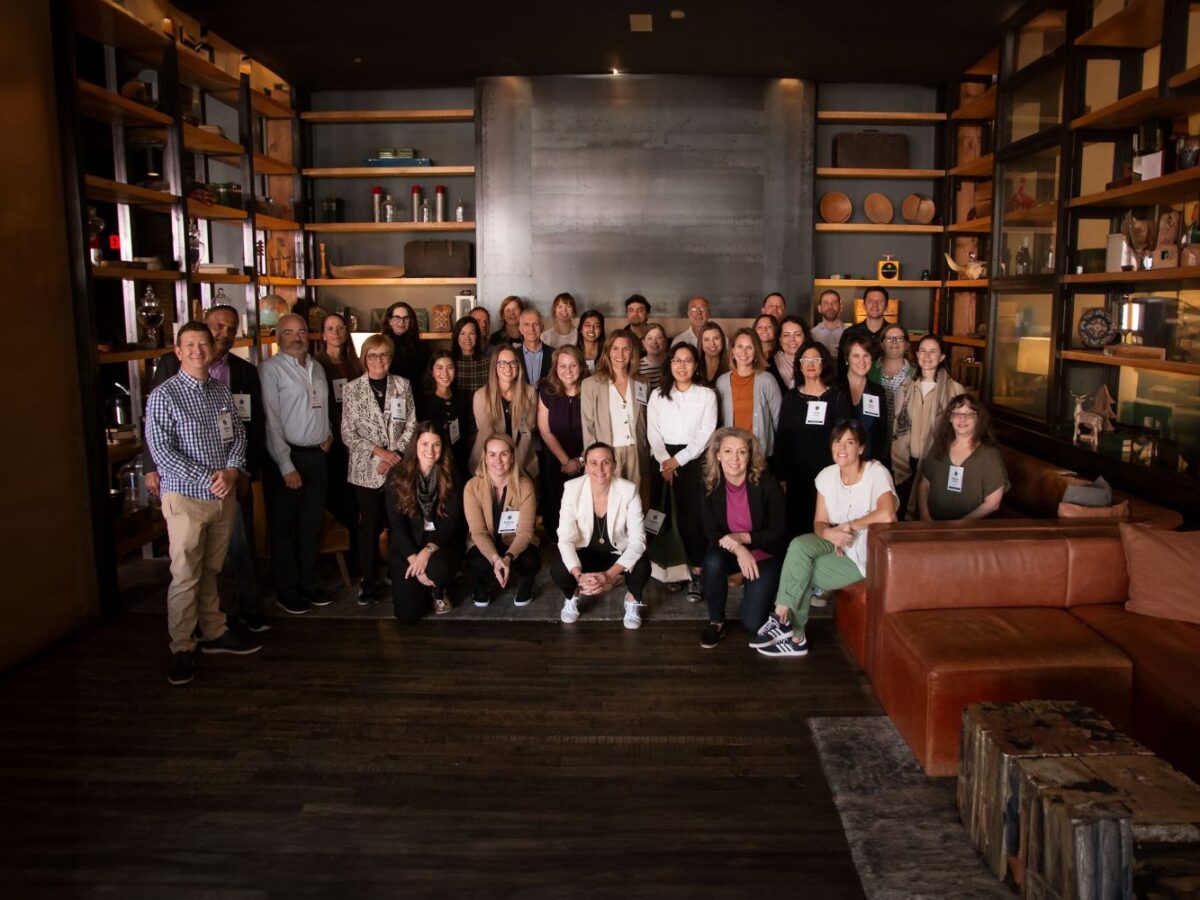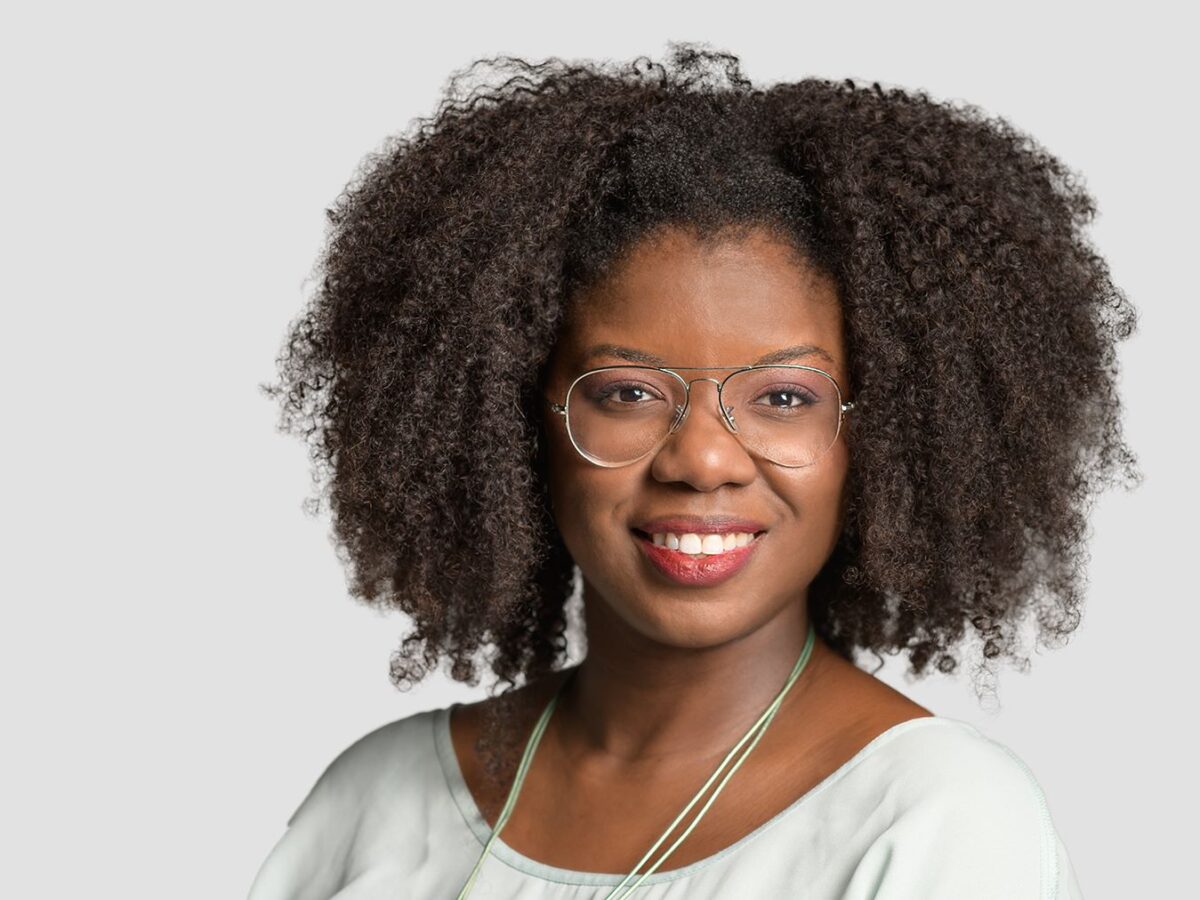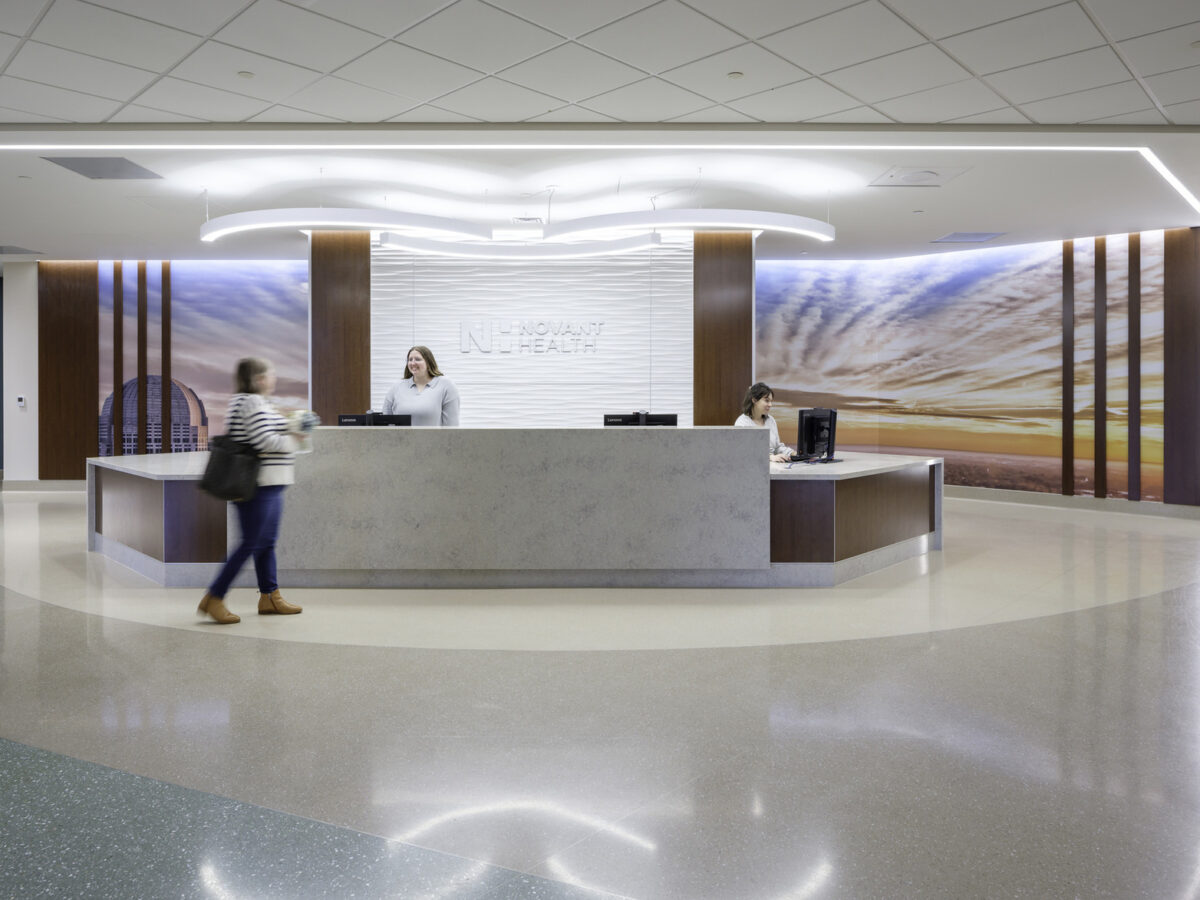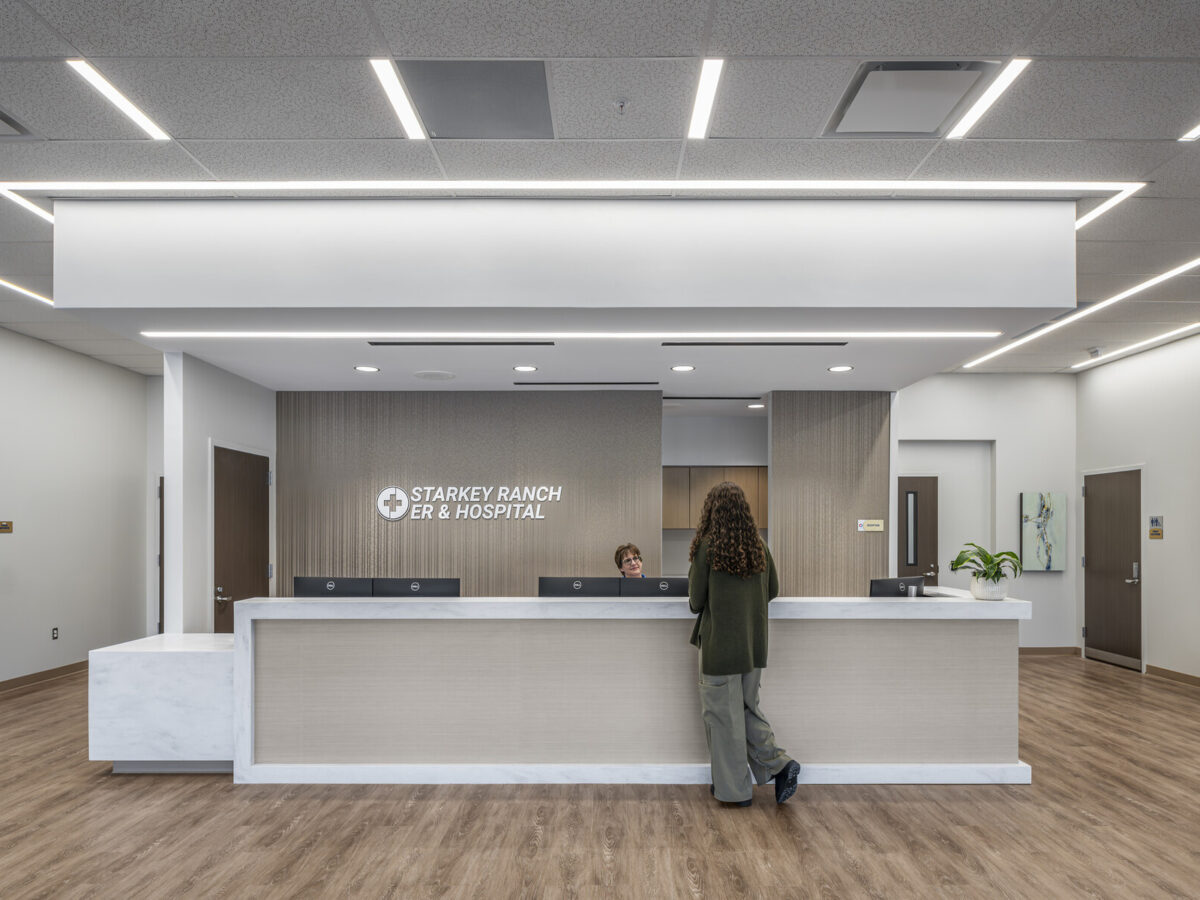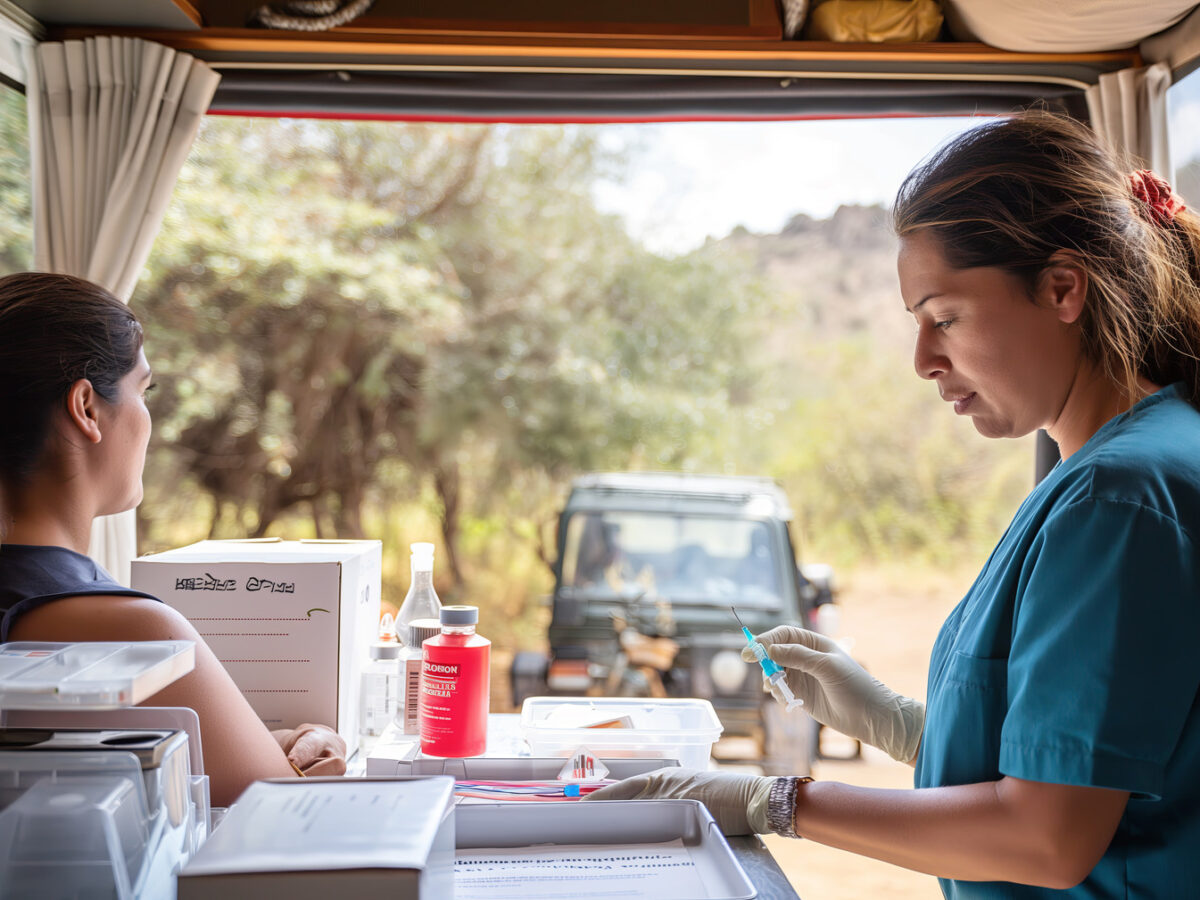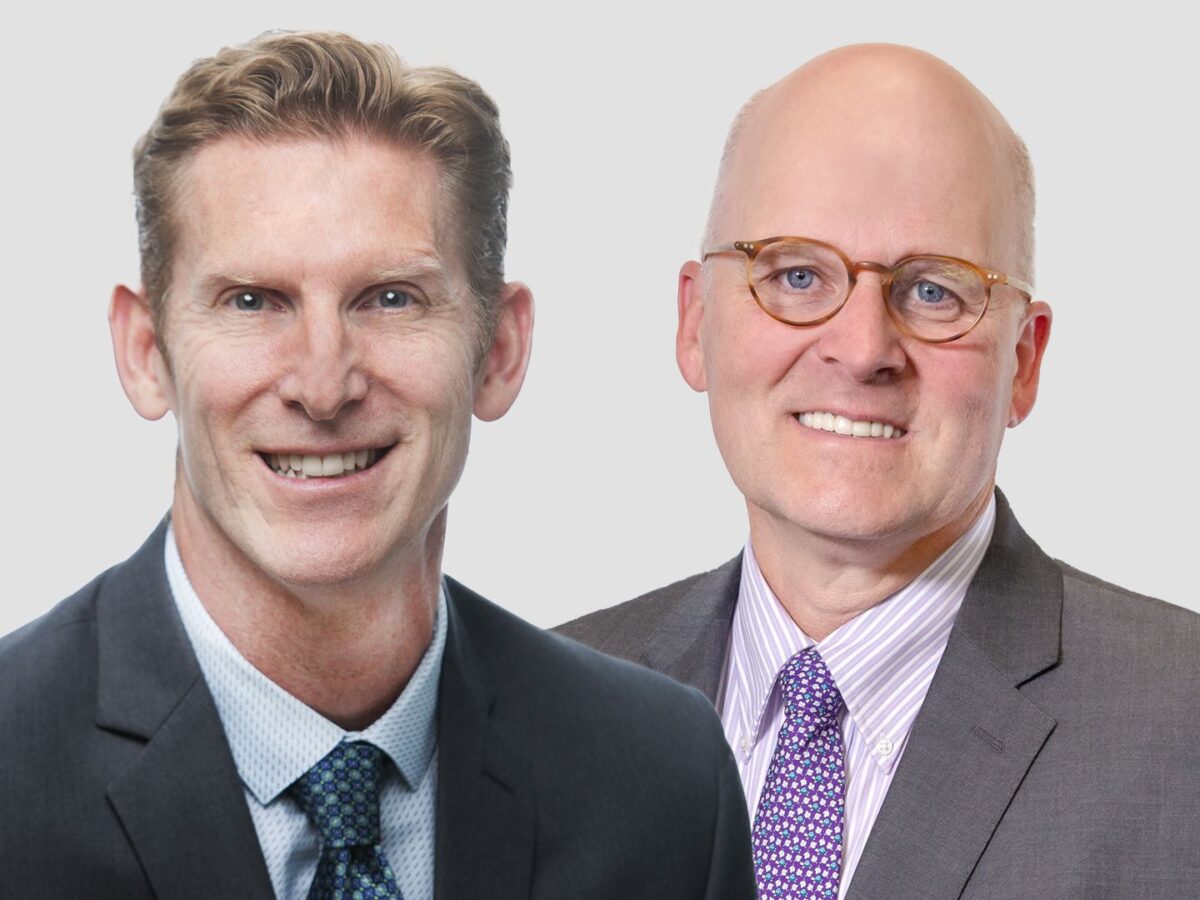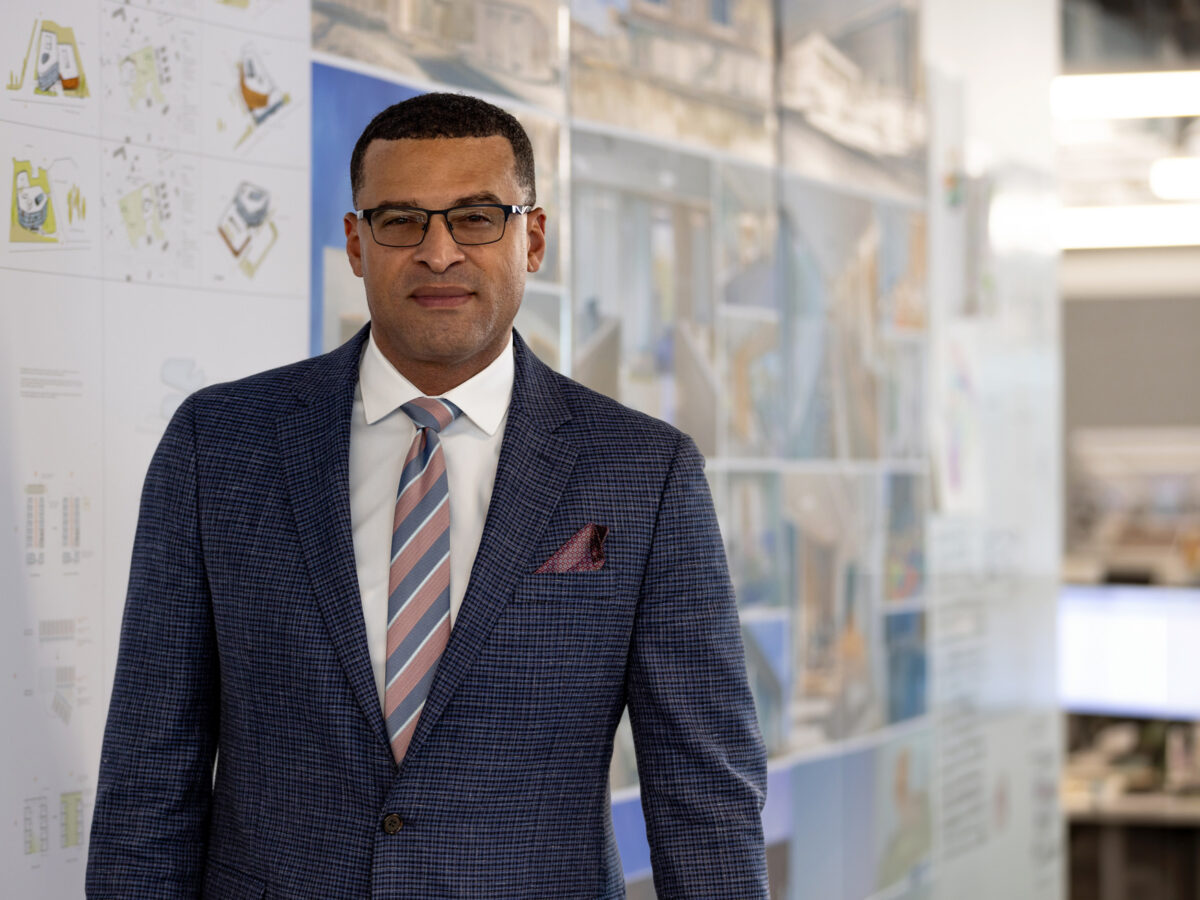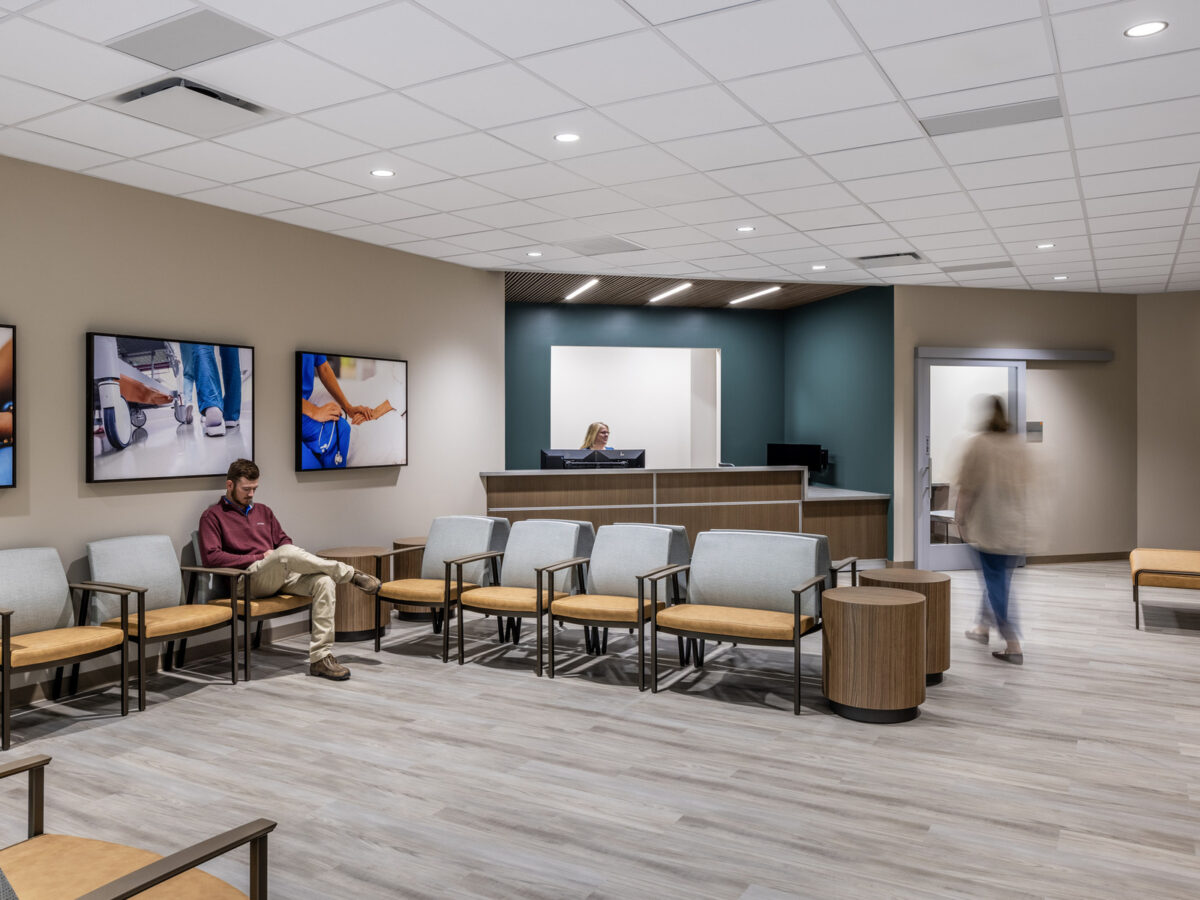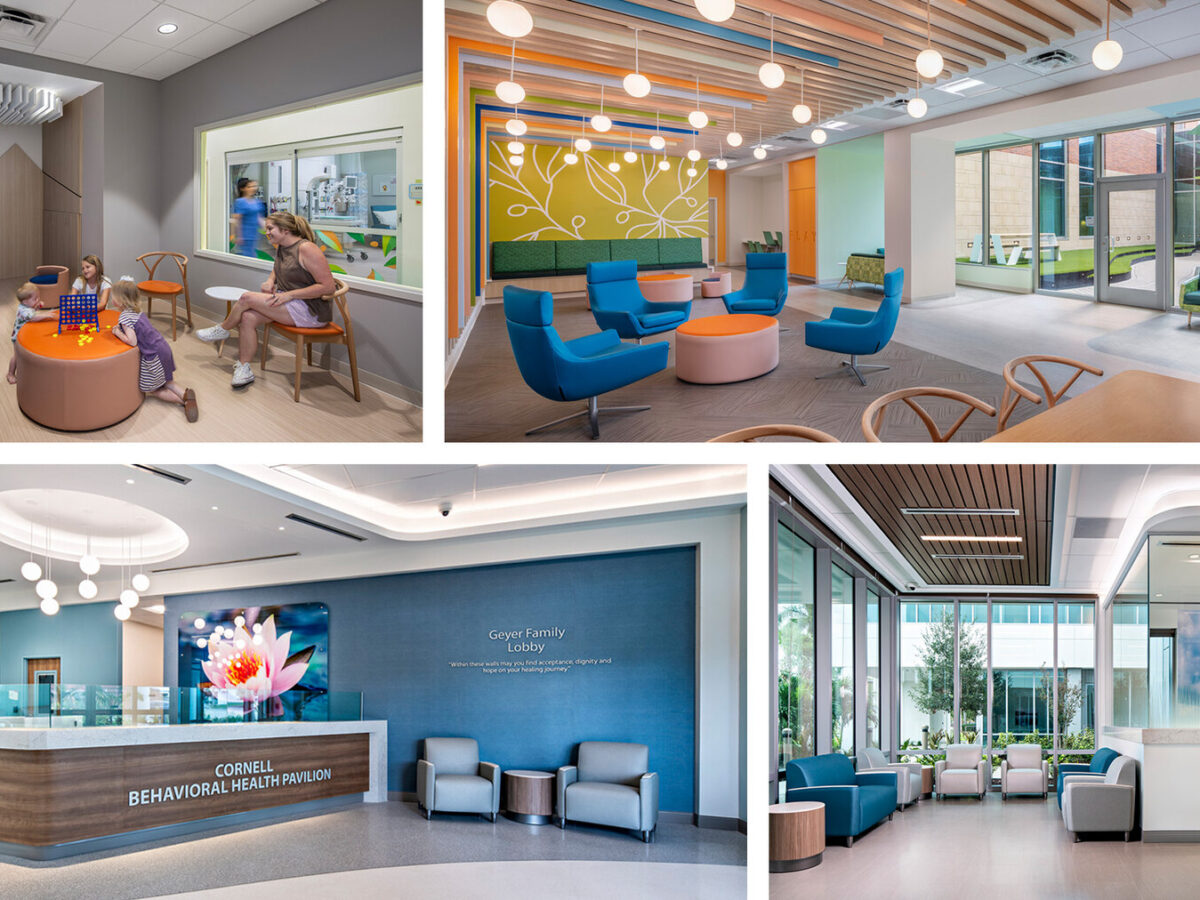A powerful determinant of both individual and public health, the built environment touches nearly every aspect of our lives. It is estimated that we spend nearly 90% of our time indoors, making the relationship between public health and human-centered spaces a complicated, but integral one.
The link between the environment and public health started during the industrial revolution, when unsanitary conditions and overcrowding in cities were some of the many factors that caused the spread of disease. In time, architects and engineers developed infrastructure solutions such as public sewer systems, and recognized the impact access to daylight and fresh air can have on promoting healthy lifestyles.
As we celebrate World Health Day, it’s important to reflect on the green building movement, which focuses on how sustainability and design solutions can promote a healthy lifestyle, healthy planet, and healthy relationship between humans and the built environment.
We recently sat down with Corie Baker, a senior architect in our Healthcare market, who is a LEED AP BD+C, a WELL AP and a Fitwel Ambassador, to discuss how integrating health, wellness and sustainability into the design of the built environment is beneficial for everyone.
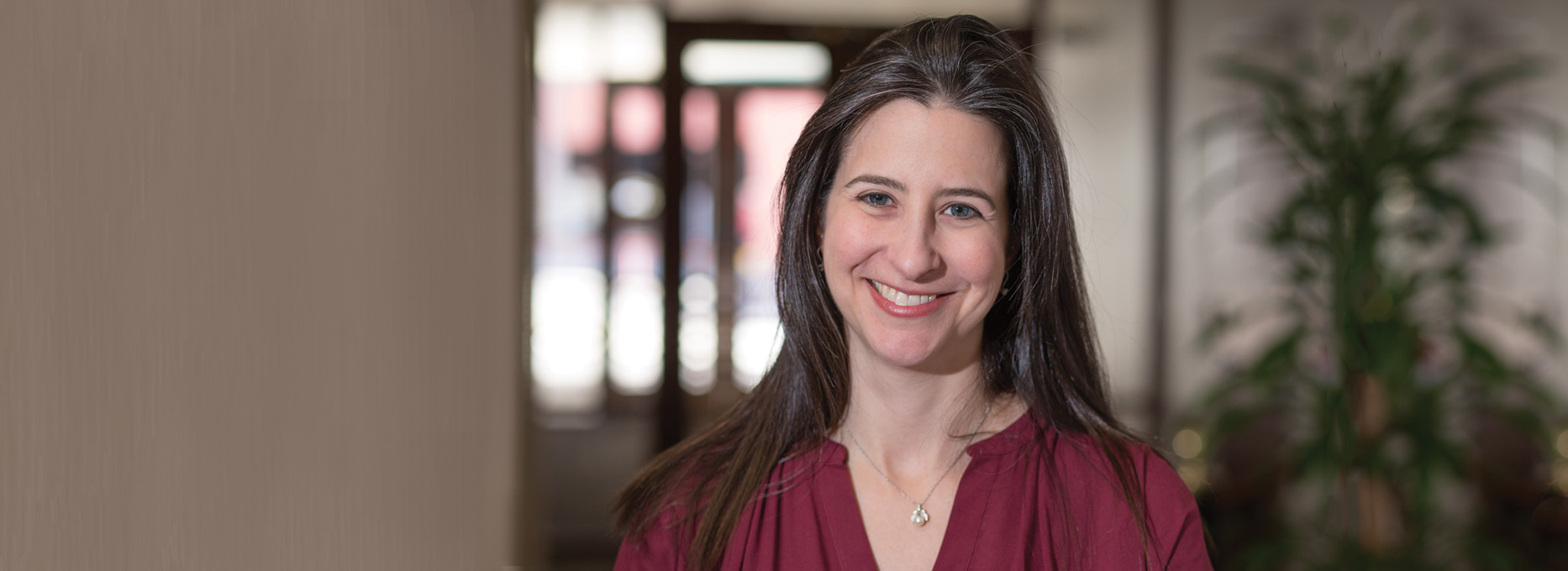
Why did you become an architect?
Corie Baker: Well, my first job was actually in marketing, and after 6 or 7 years I realized that it wasn’t the right fit for me. So, I started looking around and thought about what my strengths were – I’m fairly logical and strategic, I like to be creative, I wanted to have something tangible as a result of my work, and I wanted to have a career that impacted my community. What interested me most about architecture was the way the built environment can affect our behaviors, our moods, our feelings, and our lifestyles.
Sustainability and health and wellness design is one way that I can contribute to the world that we are creating for future generations. Ultimately, architecture is about people, and we need to think about the health and wellness of people who use our buildings. It’s about finding the balance between the built, the natural world and the people that utilize both.
How did you find your way into healthcare design?
Corie: After I went back and finished grad school, my first job was working in the Washington, D.C. area designing urban renewal and mixed-use projects with a focus on crime prevention. The way we design our communities can help people feel safer and prevent crime. However, when I moved to Jacksonville, Florida, I landed at a firm that was doing healthcare architecture, which taught me about creating an environment that helps people heal. Now I’m hooked. Healthcare architecture perfectly aligns with the reasons I became an architect.
How did you find your way to LEED and Fitwel?
Corie: So, first off, it’s important to note that LEED and Fitwel are third party certifications that represent this larger idea that we need to be more responsible for sustainability and health and wellness in the design of the built environment. When I was in grad school, LEED was in its’ infancy, but it was still very prevalent and a hot topic among my professors and peers. I took the accreditation test about a year after I finished grad school because I felt like it was important to show my commitment to sustainability by having that credential. I followed up by taking the Fitwel Ambassador exam and the WELL AP exam to reinforce that commitment. Since then, I’ve been lucky enough to be an advocate for sustainability in the built environment at the firms I’ve worked for, but especially here at Gresham Smith.
As Fitwel became popular, I realized that it would not only be important to me personally, but also to Gresham Smith as a firm. It’s all about giving people access to a healthy lifestyle – healthy food options, clean water, sunlight, active modes of transportation to get where they’re going, outdoor spaces—the list goes on. Fitwel was originally a certification for office buildings, but the connection to healthcare is obvious. In Healthcare facilities, the staff are taking care of people, so it is our job to make sure the building takes care of them.
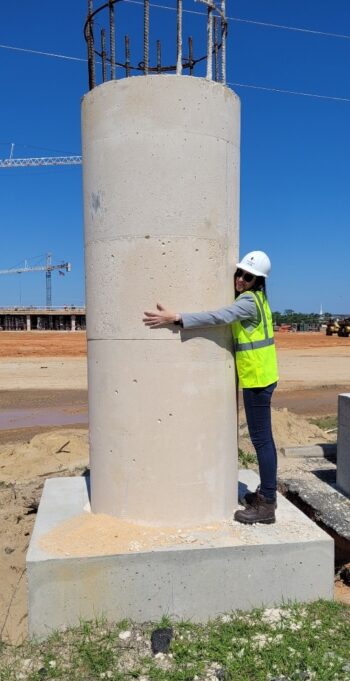
What has been personally rewarding to you about having these accreditations?
Corie: These accreditations and certifications force you to be intentional and communicate well throughout the design process. After all the improvements we made during the industrial revolution, by the 1950’s we started to forget again, and by the 80s our buildings were making us sick again. Some might remember the first time they heard the term Sick Building Syndrome. Now we’re learning from our experiences again and really understanding the effect buildings have on our health and wellness. That intentionality about incorporating health and wellness into our designs is important so we don’t forget again.
So many of us sit down at a desk all day, and we’re finally starting to ask the question: is that healthy? Where are the opportunities to stretch my legs? Do I have access to a healthy meal for lunch or a snack? Do I have access to clean water right where I work? What is my carbon footprint? What can I do as an individual to protect the planet for future generations?
Ultimately, asking these questions and thinking through them during the design process will contribute to a healthier population, a healthier workforce and a more sustainable community.
Why do you feel it’s important to promote sustainable design?
Corie: Sustainable design is a best practice. It’s not supposed to be a special add-on and it’s not meant to only be for those who care about the environment. It’s about doing the best thing for your client and for the community, and it needs to be a holistic approach. It’s not only about addressing water or green energy, it’s about combining all these various elements to make a smart, strategic impact. It’s about asking questions like where does this building sit on the site and how does it affect the community? Where does the storm water runoff go so you’re being a good neighbor? How does it affect habitats, landscaping, and vegetation? How healthy and durable are the materials we specify, and what happens to the materials at the end of their lifetimes?
Considering all of these questions is obviously good for the environment, but it’s also beneficial financially in the long run. A holistic design approach is good for the people who occupy the buildings, it’s good for the people who own the buildings, and it’s certainly good for the earth as a whole. Good sustainability balances the three p’s: the people, the planet, and the profits.
Why do you encourage others to get involved and obtain these accreditations
Corie: Accreditations are a part of showing your commitment as an architect, engineer, or designer. Our industry is constantly moving toward more sustainable design practices. As creators of the built environment, the best thing we can do to promote a healthy population and healthy workforce is to design for health, wellness, and sustainability. And if anyone is passionate about these things and is looking for advice, I’m more than happy to connect!
